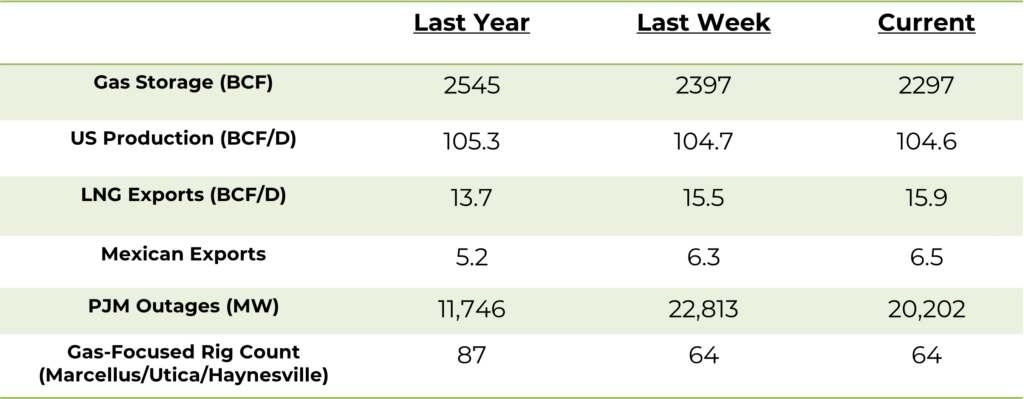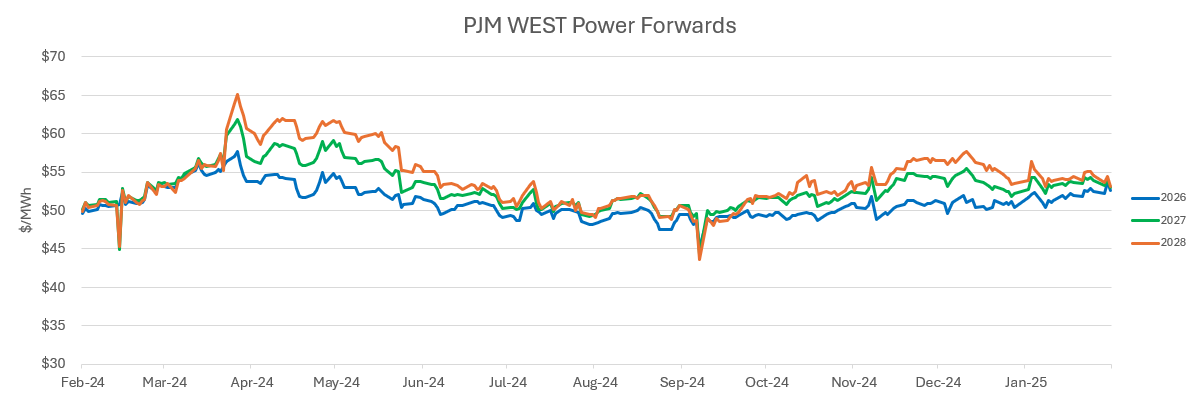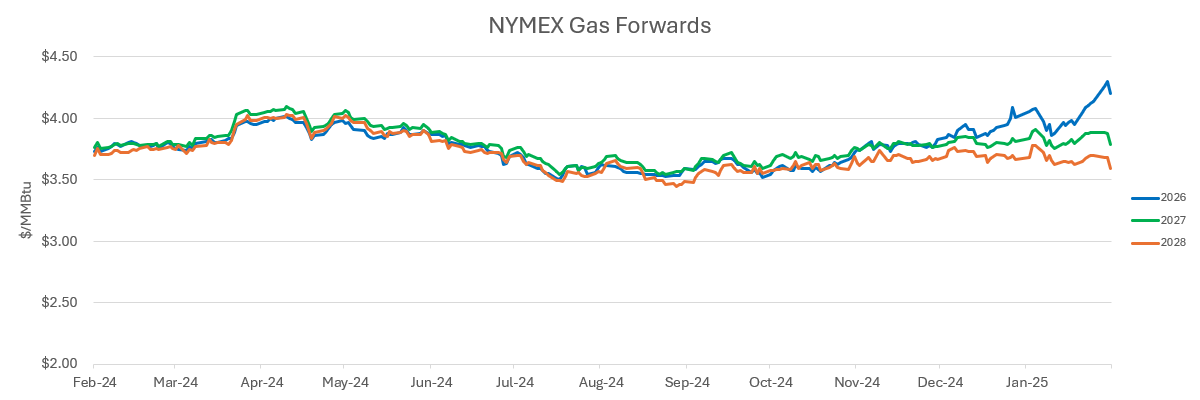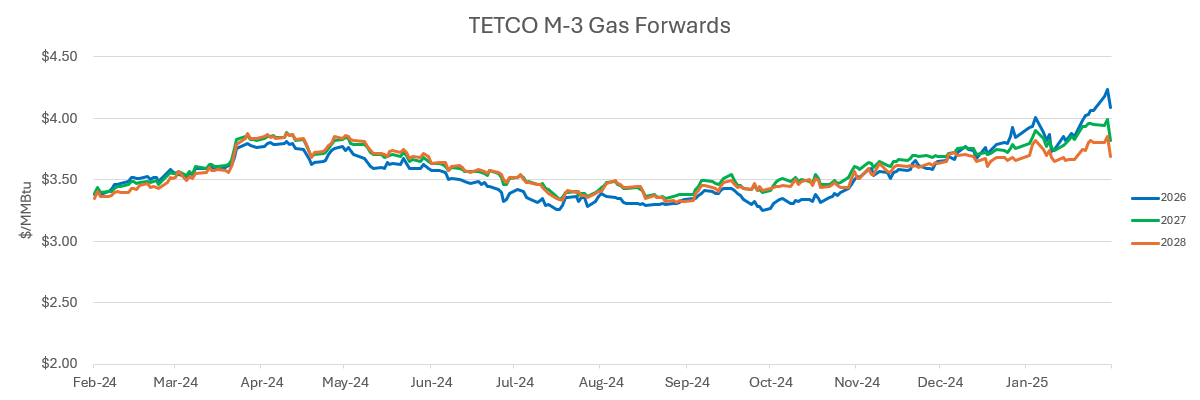It is evident that the United States’ expanding power needs and desire for decarbonization cannot be fully met by relying solely on one technology source alone. If we were to take a closer look at Europe, where power prices are approximately four times higher than in the U.S., it highlights the potential risks of concentrating too heavily on a singular energy source. The over-reliance on an approach could jeopardize the competitiveness of our economy.
At CPV, we bring diversified power sources to the grid to meet the growth in demand, while continuing to lower emissions and maintaining a reliable energy supply.
With wind and solar projects being an intermittent form of energy, pairing with a dispatchable low carbon source creates an environment to respond to demand. The more we depend on a singular energy source, the greater the likelihood of increased volatility on the energy system. This lesson has been observed in ERCOT in recent years. The energy-only system has faced significant challenges, leading to serious price spikes and electricity shortages and state programs to encourage the development of dispatchable resources.
To address this challenge, PJM has received approval to accelerate the approval of dispatchable units, bypassing their standard queue procedures. The proposal will allow “shovel-ready” projects to jump to the front of the line and provide grid operators authority to review and approve projects deemed essential to reliability enhancement which is becoming even more critical given the forecasted demand growth.
To provide some perspective, projects that initiated commercial operations in 2023 experienced a five-year gap between when they entered the queue and when commercial operations commenced. Additionally, many projects as measured by their output were not dispatchable— which only added to the brittleness of the electric grid. Ideally, it should take five years to develop, finance, construct, and commercialize a modern combined-cycle gas plant that now costs close to $2 billion.
Representatives in Congress are also now considering legislation to address this issue known as the GRID Power Act. This act would grant the Federal Energy Regulatory Commission (FERC) 60 days to review projects submitted by a regional transmission operator. Based on this review, certain projects could be accelerated to the front of the interconnection queue line. The criteria of selection would be grid stability and support adequate to provide “forecastable” electricity supply deemed necessary to enhance reliability. Broad support for this comes from the Electric Power Supply Association (EPSA) and other energy related trade groups. As energy markets continue to evolve, it’s essential to stay ahead of regulatory changes and adapt your strategies accordingly.
CPV Retail is committed to providing updated market insights to drive timely solutions. The team can provide block and index products that allow customers to lock in portions of their bill and allow others to float and lock in later. By providing updated information, we can help customers more accurately budget. For instance, an increase in baseload power on the grid will help relieve soaring capacity prices.
At CPV Retail, we are committed to helping facilities like yours or your customers’ procure energy solutions that are not only reliable and cost-effective, but also specifically tailored to meet your unique needs.






